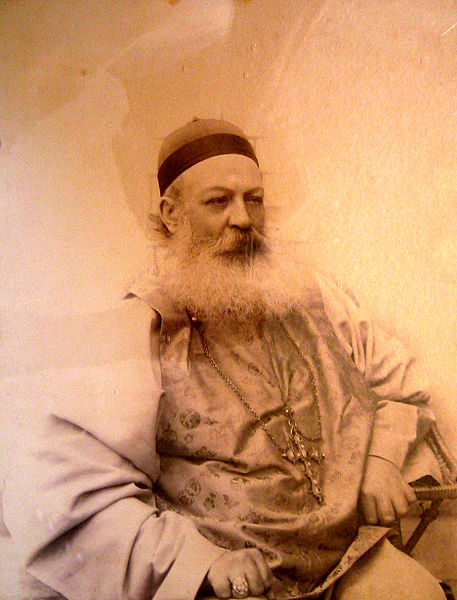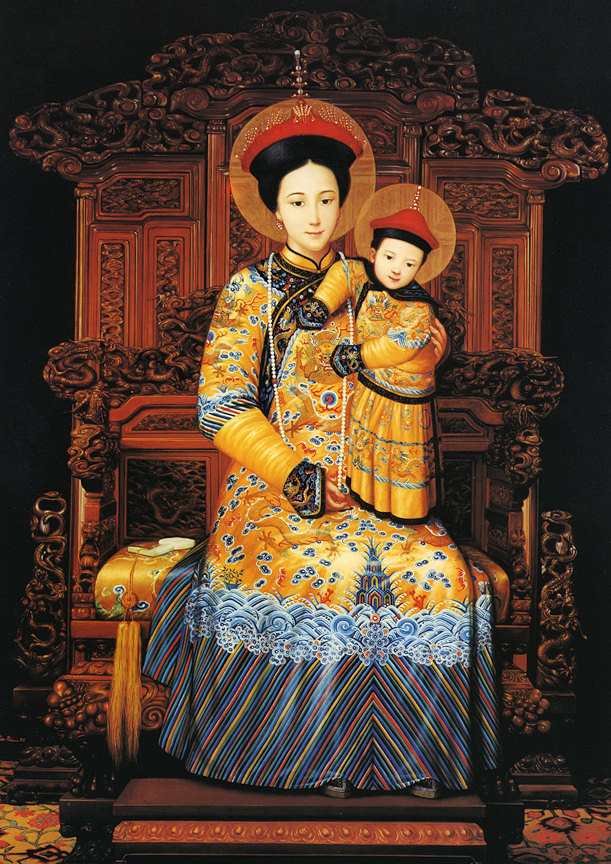In 1900, the Catholic Church was healthy and growing in China. There were forty bishops, about 800 European missionaries, 600 native Chinese priests, and the number of native Catholics throughout the whole of China proper was estimated at 700,000.
It was during this time that the Boxer Uprising (1898-1900) started which ushered in a period of animosity against all things European.
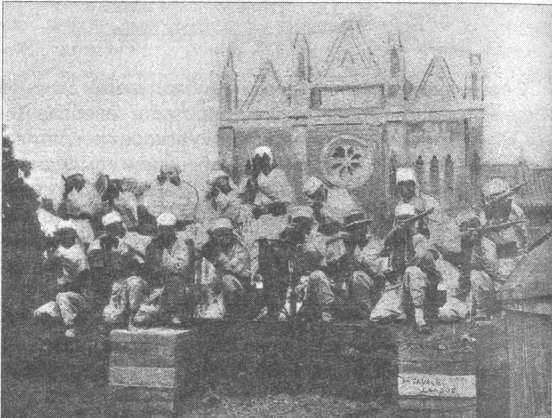
Catholic defenders in front of the Beitang Cathedral in Beijing. August, 1900, after 2-months siege.
It was from this hatred that the Boxer Rebellion was born. In June, 1900 the Boxers besieged the Beitang Cathedral. Directing the defense during the siege was the French Lazarist Bishop Pierre-Marie-Alphonse Favier, C.M. of Peking. Bishop Favier, who designed the cathedral, kept a journal during the siege and gave vivid accounts of what was endured not only before, but during the siege. He provides the following account of the Boxer revolt:
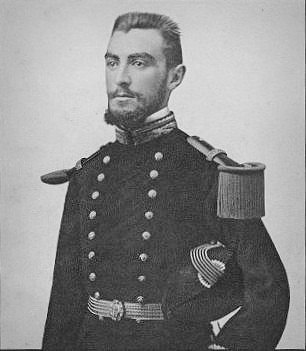
Lieutenant Paul-Charles-Joseph Henry, 1876-1900. Lt. Paul Henry told Bishop Favier. “I shall be happy to die in so worthy a cause. I hope that God will open Paradise to me. If I am to die, I shall not die until you no longer need me.” He was killed on July 30, 1900.
“The Boxers are a truly diabolical sect; invocations, incantations, obsessions, and even possessions, are common among them. Savants may attribute their extraordinary doings to magnetism or hypnotism or may look upon them as victims of hysteria and fanaticism, but to us they seem to be even more directly instruments of the devil. The hatred of the name Catholic drives them to the greatest excesses. Established as they are in every village they unite on a day specified to attack any one Catholic settlement, destroying and murdering everything and everyone in it. Small children were quartered, women were burned in church or run through with a sword, men were stabbed or shot and some were even crucified. The conduct of the Catholics is admirable; apostasy is proposed to them, but they prefer flight, ruin, even death.”[1]
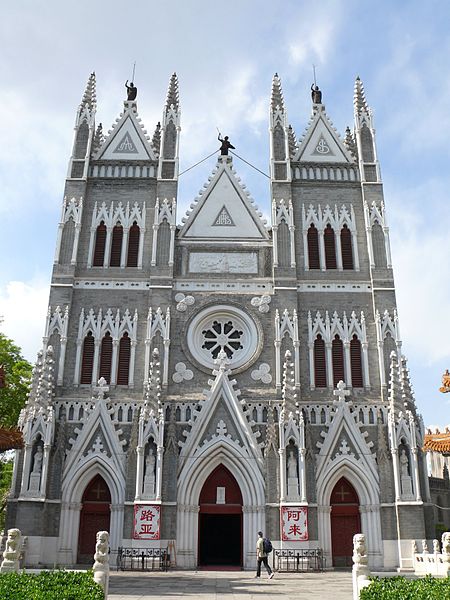
Beitang Cathedral, Beijing, China, built in 1890, under the direction of Lazarist missionary Bishop Pierre-Marie-Alphonse Favier (1837-1905), who designed it. In June, 1900 the Boxers besieged the Beitang Cathedral. Photo by Peter Potrowl.
The cathedral, which was the Lazarists’ usual place of residency, was besieged by 10,000 Boxers and soldiers from the regular army. Behind the walls of the church, were over 3,000 Chinese Catholics, 30 French seamen led by a 23-year-old Lt. Paul Henry (who died in the siege,) 11 Italian soldiers led by a 22-year-old Lt. Olivieri, and numerous French and Chinese priests and sisters. This siege resulted in the deaths of more than 400 people. Over the two month siege, the Catholics endured continuous bombardment, mine attacks, flaming rockets, and starvation. Many of the children died from smallpox.
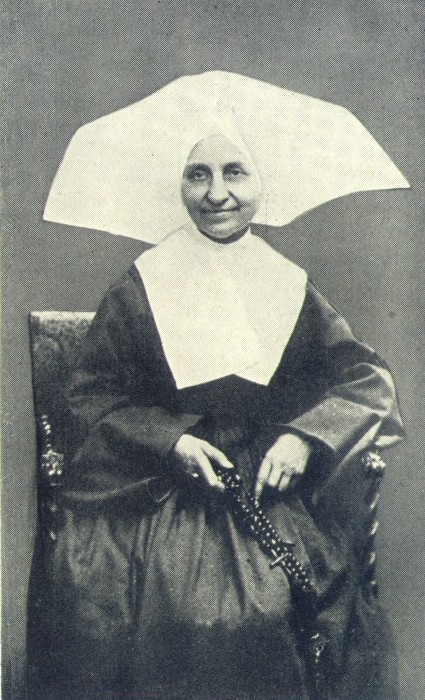
Sister Hélène de Jaurias, the granddaughter of Lord François-Denis Aubin de Jaurias, one of the first of Louis XVI King’s Guard.
Among the admirable figures in the siege was Sister Helen de Jaurias, the Superior of the Sisters of Charity in Beitang, of whom it is said that she possessed the virtue and character of their foundress, Saint Louise de Marillac. Her siege diary provides proof of this: despite having to lodge and feed 1,800 women and children, she overcame the burden of old age and fatigue, she recorded the daily events of the siege until her death on August 20. She went, as she expressed it, “to observe from Heaven the triumph of Holy Church and the conversion of China.”[2] A few days before her death, a company of French marines arrived to rescue the heroic defenders of Beitang.
In 1901, at the Lazarists’ mother house in Paris, Bishop Favier would recount events of this dramatic siege:
“… Every night during those two months, the Chinese [Boxers] directed heavy gunfire at the roofs of the cathedral and the balustrade surrounding it. Why? wondered [Lieutenant] Paul Henry and the missionaries. There was no one there to defend the cathedral. After the liberation, the pagans provided the key to this mystery: ‘How is it,’ they said, ‘that you did not see anything? Every night, a white Lady walked along the roof, and the balustrade was lined with white soldiers with wings.’ The Chinese [Boxers], as they themselves affirm, were firing at the apparitions.”[3]
Their miraculous survival was attributed to the appearance of a woman in white, Our Lady of Deliverance. Bishop Favier had a chapel erected in thanksgiving, in the church of Beitang in her honor. She is represented as the Empress of China holding in her arms the Child Jesus, Who is depicted as an imperial prince.
Bishop Favier expressed his absolute confidence in Providence which thus manifested Its protection:
“The good God wishes to save the missions of China. The persecution had been so cleverly organized, that it seemed that the Catholic religion in China was going to be extinguished. However nothing of the kind happened. Thanks be to God. Death gives birth to life. Blessed are those who succumb to death, they prepare the way for the final triumph, they are martyrs crowned by God.”[4]
________________________________
1. Favier, Alphonse, Edited by Joseph Freri. The Heart of Pekin: Bishop A. Favier‘s Diary of the Siege, May-August 1900. Boston: Marlier, 1901. Page 9 & 10.
2. Mazeau, Henry The Heroine Of Pe-Tang; Helen De Jaurias, Sister Of Charity 1824-1900. Sr. Helen de Jaurias died on August 20, 1900.
Note from the book: “In China the power of the devil is manifested visibly by the number of persons who are possessed of evil spirits. We often hear Satan speaking by the mouths of possessed people. A holy Missionary, who has been here for 22 years, told me that he heard him declaring through a woman who was possessed that China was his chosen Empire, and that there was not a single spot of this country where he was not worshiped!” They were told (also by the devil) not to build any buildings higher than 99 feet high.
3. http://www.jesuit.org/wp-content/uploads/Studies_Autumn_09.pdf
4. J-M Planchet C. M., Documents sur les martyrs de Pekin pendant la persecution des Boxeurs, Peking, Imprimerie des Lazaristes, 1920, p. 101.
